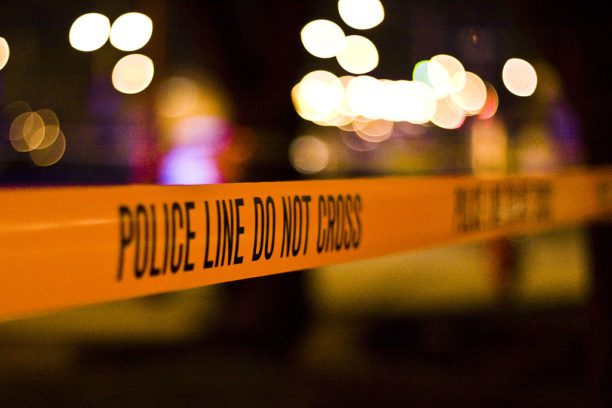State Report Reveals Dramatic Increase in Drone Flights Despite Modest Budget Growth
By DRONELIFE Features Editor Jim Magill
The state of Minnesota reported that the number of times police agencies in the state deployed drones without a warrant nearly quadrupled over the past four years, from 1,171 such missions in 2020 to 4,326 flights in 2023.
According to data released earlier this month, over the same time period, the amount of money spent on police agency drone programs increased only slightly, from about $922,411 to about $1,065,677.
The annual cost of police agency UAV programs had fallen dramatically in 2022 to about $646,531. However, over the next two years the same costs rose by about 65% to the level seen in 2023.
The latest data is contained in a legislative report, released by the Minnesota Bureau of Criminal Apprehension (BCA) on the police agencies’ use of unmanned aerial vehicles in the year 2023.
Under state law, beginning in 2020 all of Minnesota’s law enforcement agencies that maintain or use an UAV are required to report the following data to the BCA by January 15 regarding the prior calendar year:
- The number of times a UAV was deployed without a search warrant
- The date of each deployment
- The authorized use for each deployment
- The total cost of the agency’s UAV program.
The BCA had developed a submittal form that enables law enforcement agencies to report data on their UAV usage in a uniform manner, making it easier for lawmakers and the general public to track police drone usage in the state over time.
In its most recent report for the year 2023, the BCA collected data from 99 police and sheriff’s departments and other law enforcement agencies. The report noted that that police agency usage of drones in circumstances where a warrant is not required has risen steadily in the four years that data has been collected.
At about $124,713, the Minnesota State Patrol had the highest-cost drone program in 2023, while the St. Paul Police Department has the second-highest cost program, with $100,000 spent on drones and related equipment.
Why Police are Flying Drones
Of the 4,326 UAV warrantless missions that police agencies in the state in 2023 almost twice as many flights were for training or public relations purposes as those flown in emergency situations.
Last year, the most common purpose given for conducting a warrantless drone flight was “flying over a public area for officer training or public relations purposes.” This was the reason given for a total of 1,986 missions flown. The second most common purpose for warrantless police drone flights, at 1,031 missions, was “during or in the aftermath of an emergency situation that involves the risk of death or bodily harm to a person.”
Other common purposes given for warrantless drone flights were “to collect information for crash reconstruction purposes after a serious or deadly collision occurring on a public road,” 603 missions, and “to collect information from a public area if there is a reasonable suspicion of criminal activity,” 398 missions.
Less-common purposes for such flights included, “to conduct threat assessment of a specific event,” 47 missions, and “to counter the risk of a terroristic attack by a specific individual or organization if the agency determines that credible intelligence indicates a risk,” which accounted for nine missions.
Mission Trends Remain Consistent
Despite the growth in the number of warrantless missions flown over the past four years, the trend in the reasons given for flying those missions has remained pretty consistent.
For example, in 2020 the highest number of such missions, 506, were flown for training and public relations purposes. The second-highest number of warrantless missions, 352, were flown for emergency situations.
Six warrantless missions, flown in 2020 were for threat assessment, while no anti-terrorism missions were flown that year.
Read more:
- FAA Approves BVLOS Operations for Oswego City Police Department’s Drone as First Responder Program
- ACLU Discusses Concerns Over Police Drone Surveillance, Drone Delivery: DRONELIFE Exclusive
- Texas Police Secure Drone Data, Aim to Preserve Fleets Despite Ban Attempts
- Court Ruling on Police Drone Footage: A Shift in Public Record Norms
